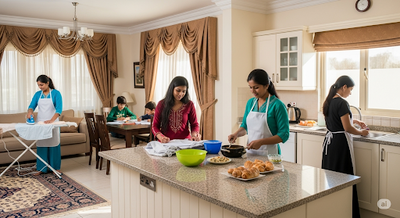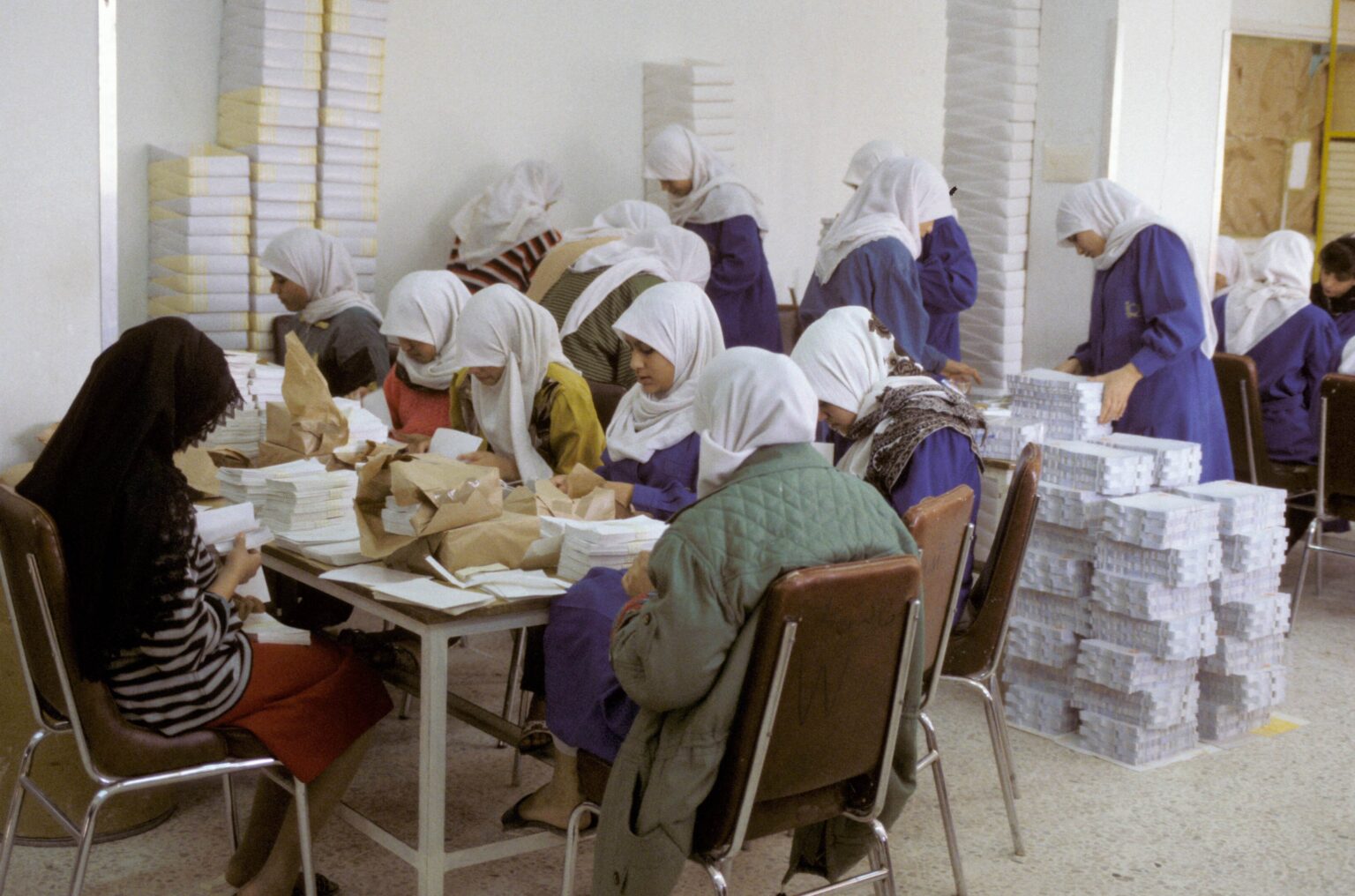Domestic Workers in Kuwait: 90% from Just Four Nations
Domestic workers in Kuwait have long been a backbone of daily life, but new labor statistics reveal a striking truth — 90% of these workers come from just four countries: the Philippines, India, Sri Lanka, and Ethiopia.
This concentration raises important questions about Kuwait’s dependence on foreign labor, the welfare of workers, and the future of domestic employment in the country.
The Numbers Behind Kuwait’s Domestic Workforce
Kuwait has nearly 700,000 registered domestic workers, making it one of the highest domestic worker populations in the Gulf region. Out of these, about nine in ten originate from the same four countries.
- Philippines: Known for strict government-to-government recruitment agreements, Filipino workers are often sought after for English proficiency and training.
- India: A long history of labor migration has made Indian workers a major group in Kuwait’s households.
- Sri Lanka: Offers large numbers of women seeking overseas employment opportunities.
- Ethiopia: Has recently grown as a labor source due to lower recruitment costs.
This heavy reliance shows how Kuwait’s household economy depends on labor-exporting nations.
Why Kuwait Depends on Foreign Domestic Workers
Cultural Expectations
In many Kuwaiti households, having a domestic worker is considered the norm, not a luxury. Workers handle childcare, cooking, cleaning, and elderly care.
Demographic Factors
Kuwait has a relatively small local population but high living standards. With both men and women pursuing careers, reliance on household help is strong.
Recruitment Networks
Labor agencies in both Kuwait and the worker-sending countries have built large, long-standing recruitment pipelines. This makes it easier and faster to hire foreign help than to develop a local workforce.
Life of Domestic Workers in Kuwait
While domestic workers provide vital support, many face significant challenges.
Working Conditions
- Long hours without proper rest.
- Live-in arrangements with little privacy.
- Dependence on employers for food, housing, and wages.
The Kafala System
Most domestic workers in Kuwait are tied to employers through the kafala (sponsorship) system, limiting their freedom to change jobs or leave the country without permission.
Rights and Reforms
Kuwait introduced a domestic workers’ law in 2015, granting them the right to a weekly day off, annual leave, and maximum working hours. However, enforcement remains inconsistent.
Impact on Sending Countries
The Philippines, India, Sri Lanka, and Ethiopia depend heavily on remittances sent by their overseas workers. For example:
- The Philippines receives over $30 billion annually in remittances, much of it from the Gulf.
- Sri Lanka’s economy also relies on money sent by migrant domestic workers.
This creates a mutual dependency: Kuwait needs workers, while these countries need jobs for their citizens abroad.
Controversies and Concerns
Exploitation Cases
Stories of unpaid wages, abuse, and poor living conditions occasionally make international headlines. Advocacy groups push for stricter protections.
Bans and Restrictions
Several countries have, at different times, banned their citizens from working in Kuwait due to abuse concerns. For example, the Philippines temporarily halted deployment in 2018 after high-profile cases of mistreatment.
Competition Among Sending Countries
Because Kuwait mainly recruits from four countries, smaller labor-supplying nations struggle to gain a share of the market.

Economic Importance for Kuwait
Domestic workers play a crucial role in Kuwait’s economic and social stability:
- They allow Kuwaiti women to enter the workforce.
- They support elderly care in a society with growing life expectancy.
- They contribute indirectly to Kuwait’s consumer economy by enabling dual-income households.
The Future of Domestic Workers in Kuwait
Possible Diversification
Kuwait may look to other labor-exporting countries, such as Nepal, Bangladesh, or Uganda, to reduce reliance on just four nations.
Technology and Alternatives
There is growing discussion about whether automation, part-time services, or local workforce training could gradually replace live-in domestic workers.
Reforms and Global Pressure
International organizations and labor rights groups continue to call for the reform of the kafala system and better enforcement of worker protections.
Conclusion
The domestic workers in Kuwait form one of the most concentrated migrant labor forces in the Gulf, with 90% coming from the Philippines, India, Sri Lanka, and Ethiopia.
While they provide vital support to households and economies alike, the system remains fraught with challenges. The future will likely depend on reforms, diversification of labor sources, and stronger worker protections to ensure this essential workforce continues to thrive fairly and sustainably.
Do follow us: Instagram
Read More: Gulf Breeze Opens Grant Season for Nonprofits, Schools, and Community Groups



